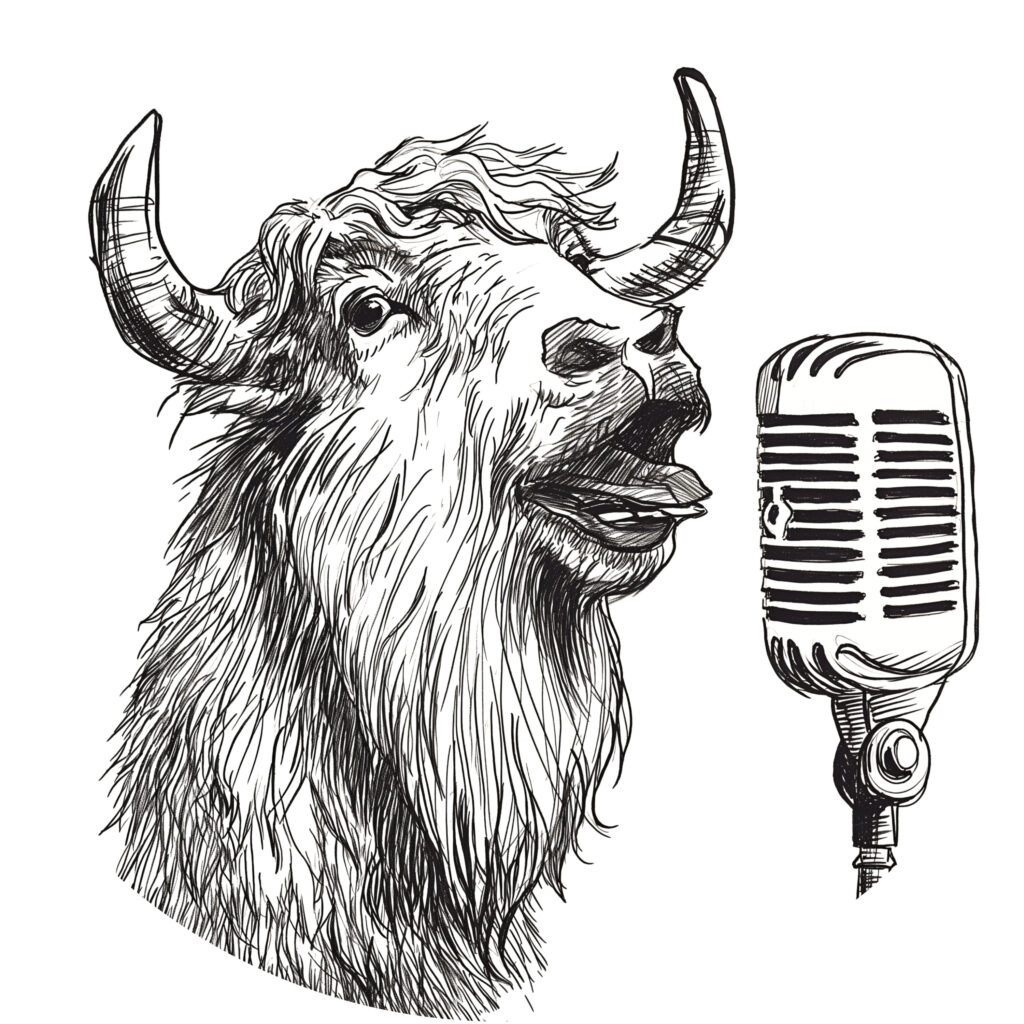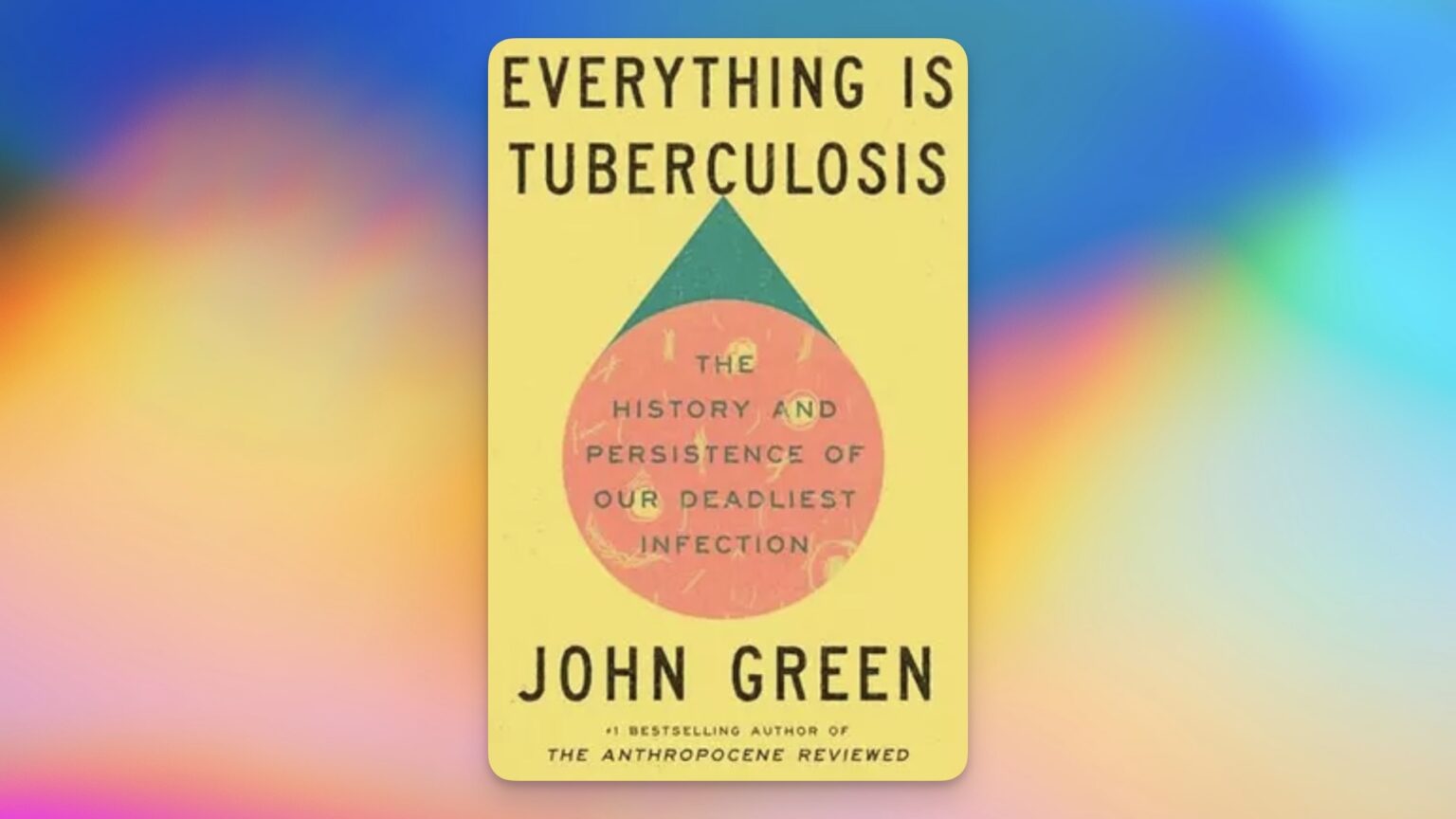Everything Is Tuberculosis is a book that starts with a subject so unsexy—so dusty, so clinical, so thoroughly dismissed to the corners of American memory—that its very name is a kind of punchline. And then, somehow, it grabs you by the collar and doesn’t let go. That’s the trick John Green pulls off here, and he pulls it off brilliantly.
Tuberculosis: the “white plague,” the “romantic disease,” the slow breath-stealer that shaped the literal and figurative architecture of American life in the late 19th and early 20th centuries. And Green, with his curious, compulsive brilliance, shows us how this pathogen, this microbial villain, was in fact one of the great urban planners of the American West.
Take Colorado Springs. I grew up there, went on field trips to the Tuberculosis Museum in Manitou Springs. I knew the disease was important to the region. What I didn’t know—what Green makes startlingly, vividly clear—is that the city would not exist without TB. The sanatoriums, the fresh-air ideology, the deluge of Easterners desperate for a cure in the mountain air: they built the city. Not metaphorically. Brick by brick.
What Green has done here is not just a history lesson. It’s a reframing. His writing is clean, direct, and deeply human. He has this ability—rare among historians and rarer still among scientists—to make you feel like you’re sitting across from him at a kitchen table, listening to a friend tell you about the most fascinating thing they’ve ever learned. And by the end, you’re nodding along, eyes wide, completely sold.
The timing of the book is uncanny. One might call it accidental, but that would miss the point. As we watch the CDC—an institution born of the same public health logic that once tamed TB—now being undermined, dissected, and slowly dismantled, Green’s book arrives like a flare in the night. A reminder of what happens when we forget the past, and of the invisible infrastructure that allows us to breathe freely. Literally.
There is, in this book, something infectious. Not just in the microbial sense, but in the way Green communicates his awe. He’s an educator, yes, but more than that—he’s a vector of wonder. His fascination becomes your own. And you’re left, as I was, with a new kind of vision. A sense that history is not behind us, but around us. In the air we breathe.

